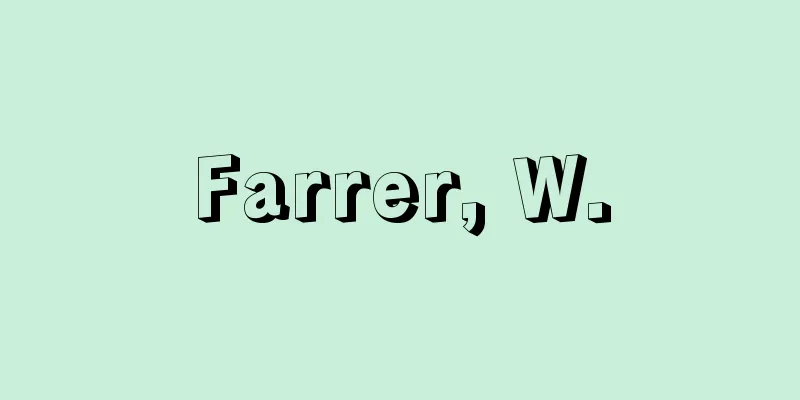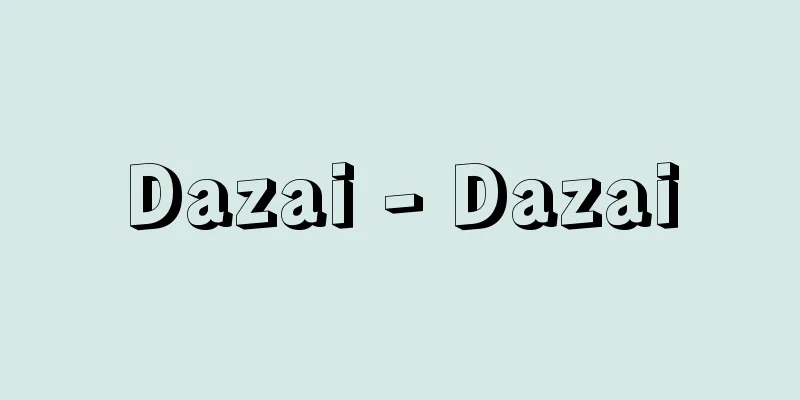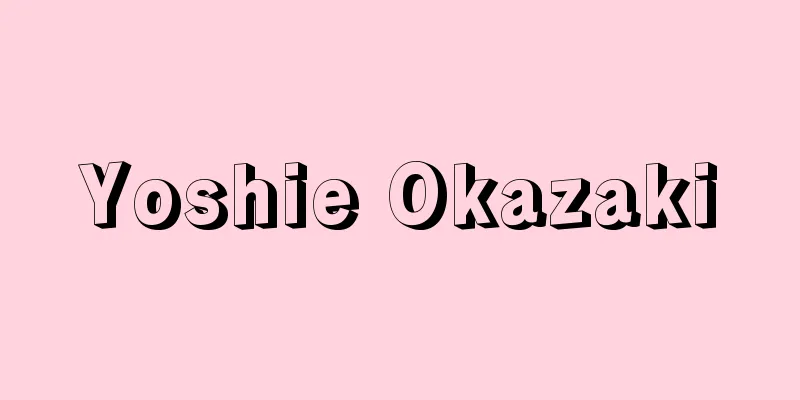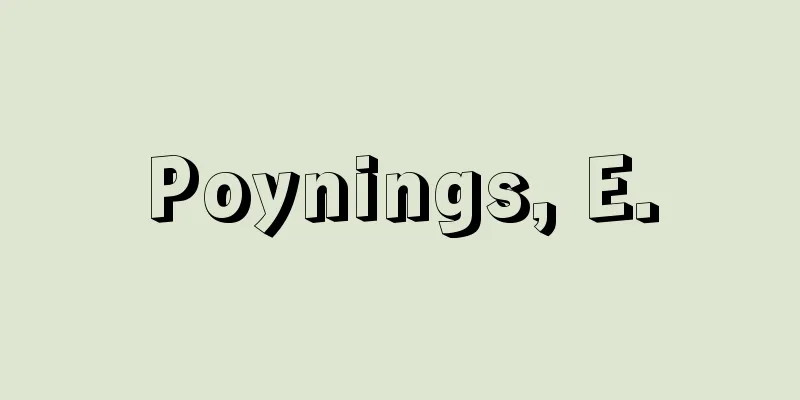Kimono
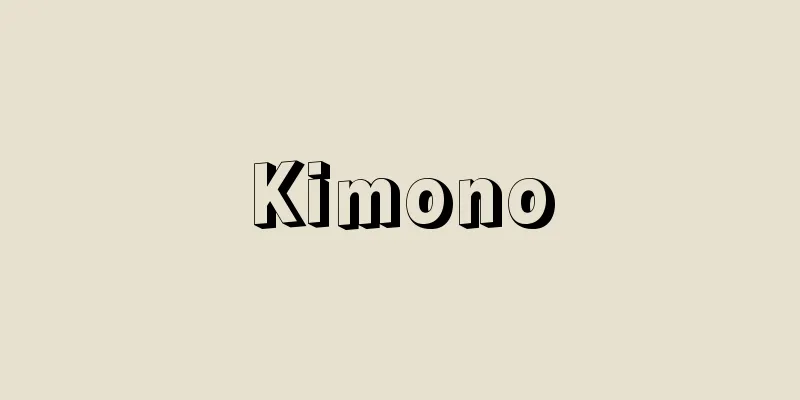
|
...This design is of a tall monster seen from the side, with a bird's head and a downward-hanging beak. Kui is a monster with one horn and one leg and large eyes, and the Kuihou pattern is an evolution of the Kuiryu pattern, and because it is difficult to distinguish between the two, they are sometimes lumped together under the name Kuimon. Kuihou patterns often feature a pair of opposing Kuihou, with a crown on their head that also looks like a single horn.... *Some of the terminology explanations that mention "夔文" are listed below. Source | Heibonsha World Encyclopedia 2nd Edition | Information |
|
…鳥頭で口ばしが下に下がったような,長身の怪獣を側面から見た形の文様である。夔とは大きな目をした一角一足の怪獣で,夔鳳文は夔竜文から変化したもので,この両者の区別がむずかしいので夔文の名称で総括されることもある。夔鳳文は相対する1対の夔鳳の文様が多く,頭には冠があり,一角にもみえる。… ※「夔文」について言及している用語解説の一部を掲載しています。 出典|株式会社平凡社世界大百科事典 第2版について | 情報 |
Recommend
Siberian Husky (species)
A sled dog native to Siberia. Husky is a general t...
HTTR - H-T-R
…A special corporation established in June 1956 u...
Moissan (English name) Ferdinand-Frédéric Henri Moissan
French chemist. He started as an apprentice to a ...
Peasant Liberation - Nouminkaiho
Peasants are liberated from feudal rent and become...
Shoni Sukeyoshi
Year of death: 4th year of Koan, 7th year of leap ...
Collocalia esculenta (English spelling) Collocaliaesculenta
…[Yasuo Uchida]. … *Some of the terminology that ...
Pō mò (English spelling)
In Chinese painting, the depiction of mountains, s...
Pleidae
…There are about 20 species of Asellota in Japan....
Obotate - Obotate
...A celebration in which a pregnant woman is giv...
Amount of claim - sogaku
In civil litigation, the rights asserted by the pl...
Aristophanes [Byzantine] (English spelling)
Alexandrian philologist and grammarian from 257 BC...
Kawaura [Hot Spring] - Kawaura
...The northern mountainous area is designated as...
Wolf-Pariza Star Chart
...In the 20th century, photographic atlases were...
ATC (Aviation)
ATC is a service that provides information necess...
Cushitic languages - Kushigoha (English spelling)
The Cushitic languages are spoken in Ethiopia an...

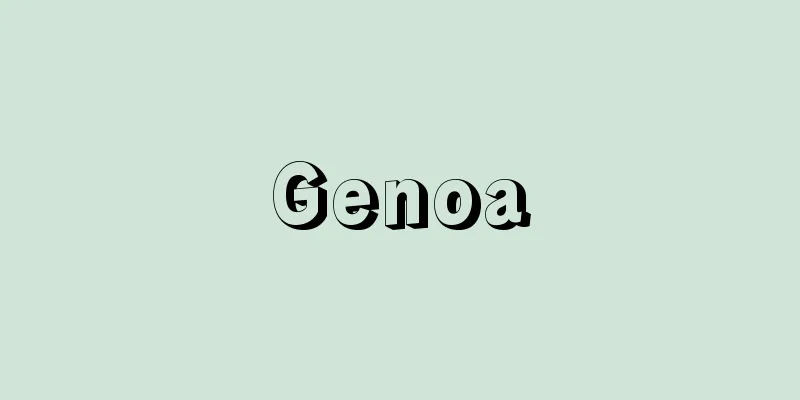
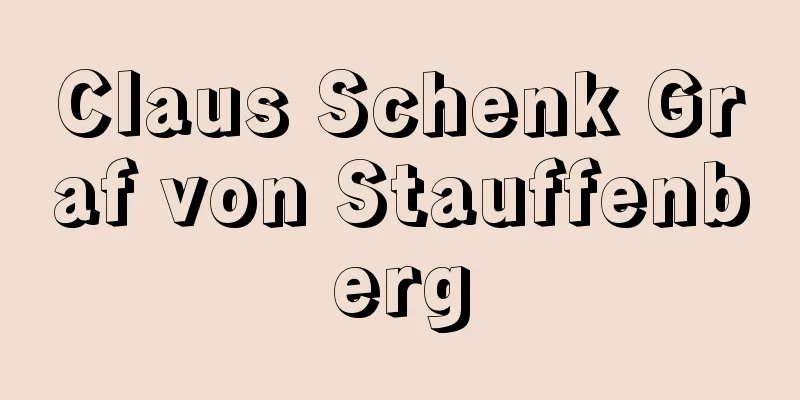
![Iwaki [city] - Iwaki](/upload/images/67caf457487d8.webp)
